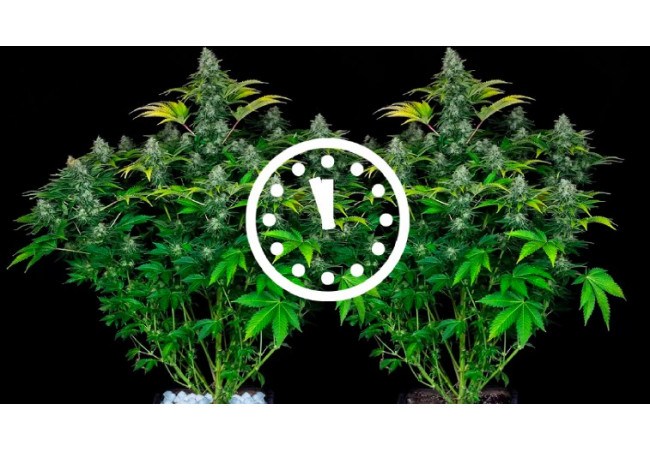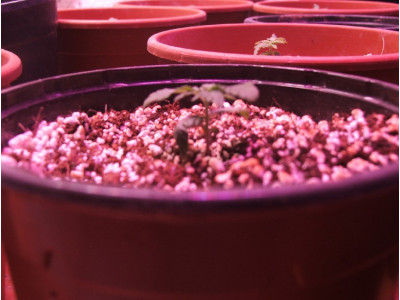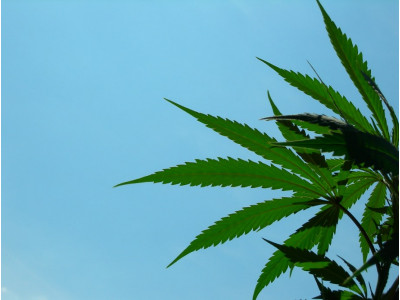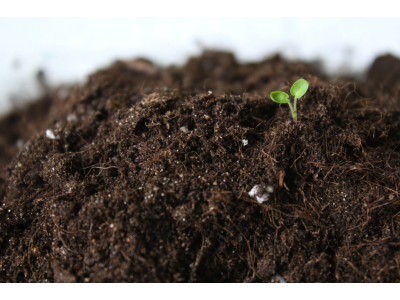
Watering your cannabis may seem like a chore when growing. This plant loves water very much and consumes it in large quantities. Despite the primary routine and simplicity of this activity, one should not underestimate the importance of what, in what volume and when to water the hemp.
Please note: We do not encourage the cultivation, use, and possession of marijuana. This material was created for informational purposes for growers engaged in cultivating cannabis in areas where it is legal.
Exactly how much water should you use when watering marijuana
There are no exact figures for the volume of watering, but there are approximate figures. The optimal watering ratio = 1 liter of water per 4-5 liters of substrate or soil mixture. When 20-30% of the poured water comes out through the drainage after watering, then the volume is correct. The amount of water is also affected by:
- size of the bush (not height, but the size of the green mass) - the larger it is, the faster water is absorbed and evaporates;
- Growth phase – most water is needed during the growing season;
- temperature and humidity - the drier the air and warmer, the more active the water evaporates.
There should be a lot of water in the drainage so that salt and excess nutrients that are not absorbed by cannabis do not accumulate in the soil.
How often should cannabis be watered depending on the stage of growth
The basic rule of watering is to do it less often and in large quantities, rather than often and in small volumes. It is best when, after watering, the top layer of soil dries 2-3 cm, while moisture remains inside. Near the roots, the substrate, or soil mixture should remain moist. To achieve this, it is best to water your marijuana plant every other day. If the weather is very cold, then it is best to do this once every 2 days. In warm weather, it is necessary to water according to the following principle: water for 2 days in a row, then 1 day to dry the soil. In hot weather, watering should be daily.
The growth phase of hemp is of great importance for the frequency of watering:
- germination – once every 6-7 days;
- seedlings - watering once every 3-4 days;
- growing season – once every 2-4 days;
- flowering phase – once every 4-5 days.
You can check the moisture content of the soil mixture yourself - just dip your finger into the soil. If it has dried out by 2-3 cm on top, then this is an excellent time for watering. If the soil has dried deeper, then it is worth eliminating the lack of moisture. If the soil is still wet, then it is best to refuse watering. Be sure to keep in mind that as your marijuana grows, it needs more water. In addition, if the cannabis is consumed within 24 hours and the soil is dry the next day, this indicates a small pot size. With small bushes in large pots the situation will be the opposite.
What exactly should you water marijuana
Frequency of watering is not the only important parameter. It is also worth paying attention to what is the best way to water your hemp. Most often, ordinary water is used for this. If you take water from the tap, then you need to let it sit for 24 hours - this is necessary for the release of chlorine. You can use water from a well, but it must be at room temperature. There is no need to heat the water too much, because the higher its temperature, the less dissolved oxygen it contains. You should not use distilled water for irrigation or water that has gone through osmosis without additional saturation with minerals.
Some growers spray leaves and pour compost tea over their marijuana. The fact is that this plant absorbs moisture not only with its roots, but also with its leaves. Watering cannabis with tea will significantly improve the condition of the bush.
Optimal time for watering hemp
Regardless of where exactly the plant is grown, it is best to water the marijuana in the morning, when it awakens from a night's sleep and prepares for daytime activity. As a result, when the temperature is higher throughout the day and the cannabis is under bright light, the plant will be hydrated enough for transpiration (the movement of water through the plant) and the transfer of nutrients from the roots to the stems and leaves. After this, by the evening, when most of the water has been absorbed, the cavity in the soil from the water will be freed up for air so that it can better flow to the root system, ensuring breathing at night.





